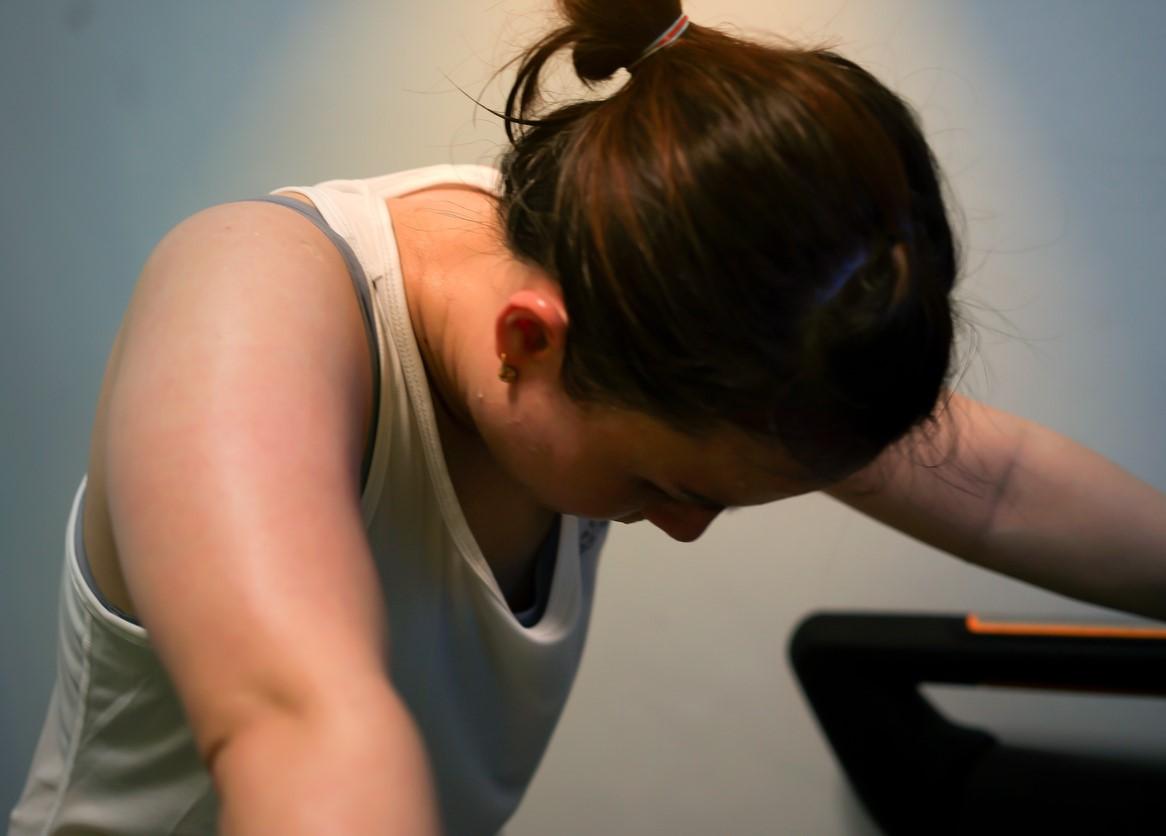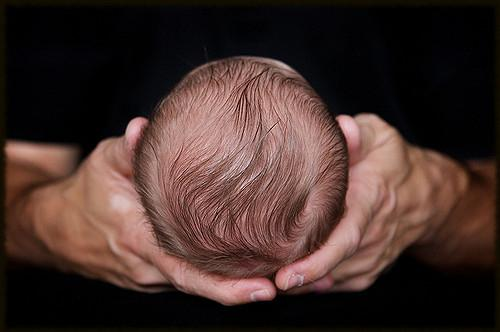
A study conducted in Dallas of 1,666 COVID-19 patients, of which 80 (5%) had long COVID, reveals that those with long COVID, on average, had lower pre‐COVID fitness. The study was published yesterday in the Journal of the American Heart Association.
Researchers enrolled adults ages 20 to 74 years old with reduced cardiorespiratory fitness (CRF) assessed at least twice from 2017 to 2023. CRF measures before 2020 were considered prepandemic; otherwise, self-reports of infection status or long COVID (persistent symptoms for 3 or more months) were used to determine participant status.
All study participants completed at least two exercise treadmill tests, and CRF was estimated as final workload in metabolic equivalents. The authors also assessed total treadmill time and maximal heart rate and heart rate recovery at 1 minute.
Shortness of breath was main symptom
At baseline, those who later developed long COVID had lower CRF—10.0 metabolic (MET) equivalents, compared with 11.1 in those who recovered, 10.7 in uninfected people, and 11.3 prepandemic. Self‐reported physical activity was lower among those with long COVID, by 880 MET‐minutes per week, compared to the other groups, as well.
Of note, the authors said unexplained shortness of breath with physical activity was similar pre‐COVID in each group (3.8% long COVID, 2.7% recovered, 3.0% uninfected, and 3.3% prepandemic), but at follow‐up was more prevalent among those with long COVID (5.0% versus 1.0% recovered, 1.1% uninfected, 2.1% prepandemic).
Shortness of breath was the most common long-COVID symptom reported by those in the study who had symptoms for 12 or more weeks after initial infection.
Pre‐COVID baseline data suggest that lower measured CRF and lower levels of self‐reported physical activity before COVID may be associated with subsequent long COVID.
"We did not find evidence for a greater decline in average CRF among people with long COVID compared with recovered, uninfected, or prepandemic participants," the authors concluded. "In contrast, pre‐COVID baseline data suggest that lower measured CRF and lower levels of self‐reported physical activity before COVID may be associated with subsequent long COVID."












